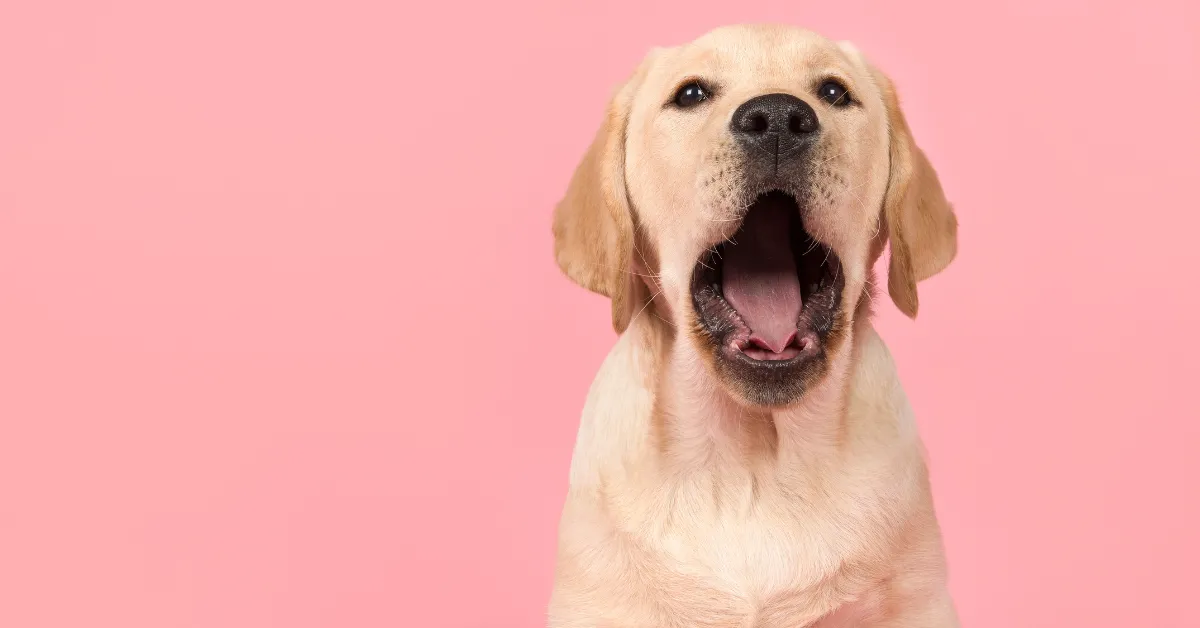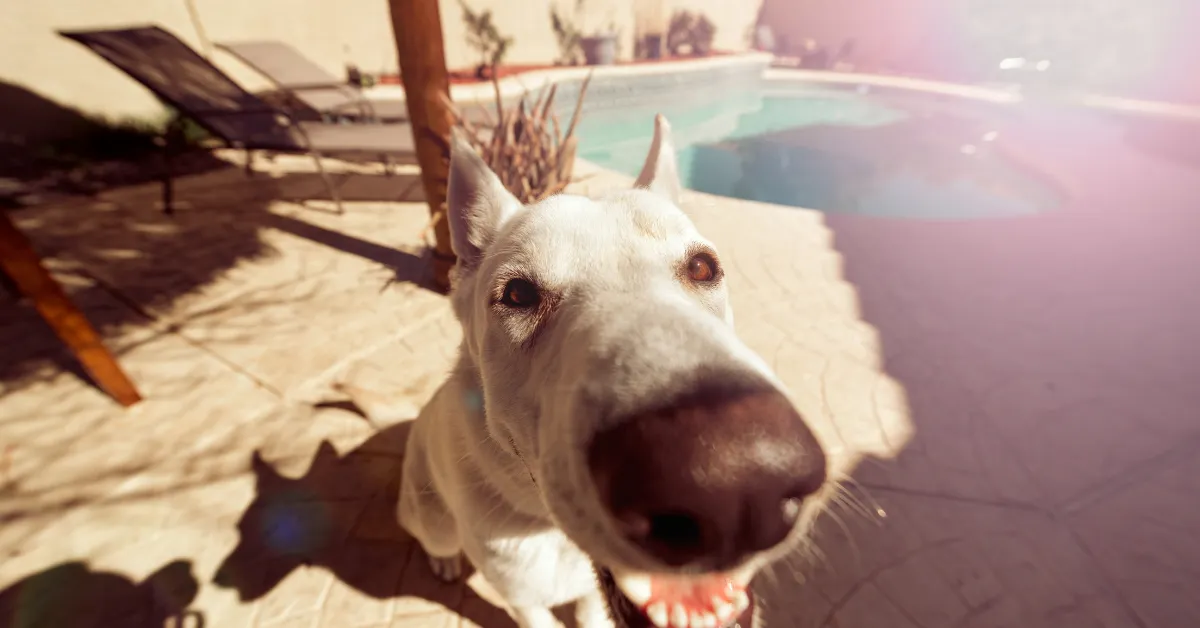Male vs Female Dogs: 15 Surprising Differences You Need to Know
Most people think there’s not much difference between a male and a female dog. But believe it or not, there are quite a few surprising ways they’re different. Some differences are small, and some can change how they act and even bond with you. Let’s look at what separates male and female dogs—you might be surprised by what you learn!
Male Dogs Tend to Prefer Women
Dogs are called man’s best friend, but studies show male dogs often feel more comfortable around women. Back in 1986, researchers did an experiment with 20 dogs and found that female dogs were just a little hesitant around strangers. Still, male dogs were way more reluctant to approach unfamiliar men.
Experts believe it has much to do with size, voice, and appearance. Men are usually bigger and taller, have deeper voices, and often have facial hair, which might seem intimidating to a dog. So if your male pup sticks close to the women in the house, now you know why—it’s not personal; it’s just how they feel!
Dogs Often Get Along Better With the Opposite Sex
If you’re considering getting another dog, you might want to get one of the opposite sex. Research and many dog owners’ stories show that male and female dogs tend to get along better than two dogs of the same sex.
This may be linked to dominance instincts and survival behaviors. A male and female combo usually has less competition and fewer power struggles, making life more peaceful.
Male Dogs Love to Roam
Male dogs have an adventurous side, thanks to their instincts. Intact males, especially, will travel far and wide to find a mate. This wanderlust can lead to them running off more often if they aren’t correctly trained or contained.
Male dogs also tend to mark their territory more with urine and may show more dominant behaviors. If your male dog seems obsessed with sniffing and marking every tree, he follows his instincts!
Male Dogs Usually Have Shorter Lives
Studies show that female dogs live slightly longer than male dogs. But the bigger factor is whether a dog has been spayed or neutered.
Spayed females and neutered males generally live longer, healthier lives. Fixing your dog lowers the risk of cancer. It reduces behaviors like wandering, fighting, and risky adventures that can lead to accidents.
Male Dogs Are More Likely to Bite
A study on dog aggression showed male dogs are about six times more likely to bite than females. Intact males were even more likely to bite compared to neutered males.
But remember, it’s not just about gender. How a dog is raised, treated, and socialized plays a considerable role. A loving, well-trained male dog can be just as gentle as any female.
Female Dogs Go Into Heat
Unlike males, female dogs that aren’t spayed will go into heat twice a year. You’ll notice changes like bloody discharge, restlessness, and even escape attempts during this time.
They become more interested in finding mates, may act extra flirty with male dogs, and might mark more often. Spaying helps avoid the stress and mess of heat cycles and prevents accidental litter.
Male Dogs Aren’t Great Fathers
When raising puppies, male dogs usually take a back seat. While mom dogs are nurturing and protective, dads often show little interest in their offspring.
It’s different from how wolves behave. In wolf packs, dads help feed, protect, and play with their pups. But domestic male dogs usually don’t share that same instinct.
Female Dogs Are More Likely to Be Right-Pawed
Just like people, dogs can be right- or left-pawed. Studies have shown that most dogs favor their right paws when reaching for a toy or walking downstairs.
Interestingly, female dogs are even more likely to be right-pawed than males. Watching your dog closely during daily activities might show you their natural “handedness!”
Both Genders Hump
It’s not just male dogs that hump. Female dogs do it, too, and it’s not always about mating. Dogs hump during play when they’re overly excited, trying to show dominance, or just burning off extra energy.
Sometimes, dogs even hump out of stress or to get attention. While it can be a little awkward to witness, it’s normal dog behavior.
Male Dogs Are Bigger
In general, male dogs are bigger than females. They tend to have broader chests, bigger heads, and heavier bones because of the hormone testosterone.
One famous example is Zeus, a male Great Dane, who holds the Guinness World Record for the tallest dog. He stood at 3 feet 5.18 inches tall! Another record-holder, Zorba, a male English Mastiff, weighed an impressive 343 pounds.
Male Dogs Stay Longer in Shelters
Studies show male dogs tend to stay in shelters longer than females. On average, males wait around 6.6 months to be adopted compared to 5.5 months for females.
It’s not necessarily because people don’t like males. Often, more males end up in shelters because they’re more likely to run away during mating season and get lost.
The Oldest Dog Was a Female
The oldest dog ever recorded was Bluey, an Australian Cattle Dog. She lived to be 29 years and 5 months old!
Bluey spent her life working with sheep and cattle, which kept her active and healthy. She passed away in 1939, but her record inspires dog lovers worldwide.
Puppies Can Have Different Dads
A litter of puppies can have more than one father. If a female mates with different males while she’s fertile, her eggs can be fertilized by different dads.
This rare phenomenon is called superfecundation. It happens in cats, horses, and even (very rarely) in humans too!
Max and Bella: The Most Popular Names
According to a study by Nationwide Pet Insurance, the most popular dog names in 2021 were Max for males and Bella for females.
If you have a dog with one of these names, you’re not alone at the dog park!
Male Dogs Have a Nose for Love
Male dogs are incredibly driven by their sense of smell, especially when finding a mate.
When they sniff another dog’s urine, they can tell its gender, age, health, and whether that dog is ready to mate. Their noses gather essential information that helps them understand their world better—and maybe find love along the way.
Final Thoughts
At the end of the day, male and female dogs bring their personalities, habits, and quirks. Whether you have a rough-and-tumble boy or a sweet and steady girl, they all want to be loved and cared for.
Understanding their instincts and differences helps us build stronger bonds with our dogs and makes life together even sweeter. No matter their gender, a dog’s loyalty and love are the most amazing things they can offer.
Share this content:















Post Comment